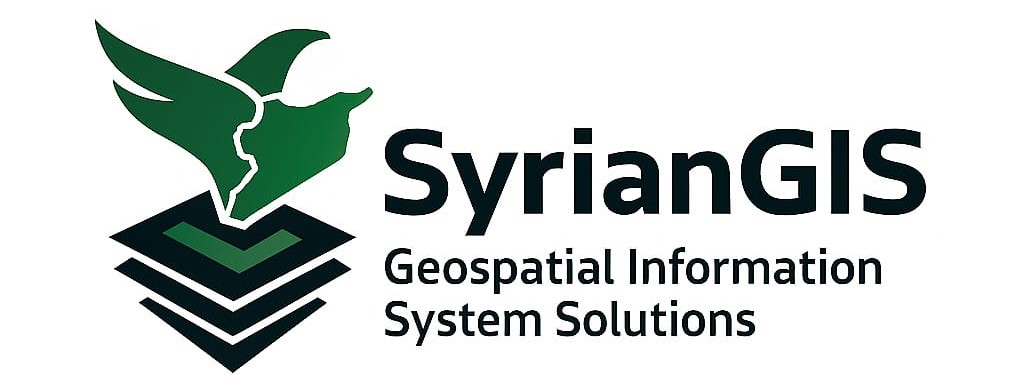Understanding Geospatial Information Systems (GIS)
Geospatial Information Systems (GIS) are powerful platforms that capture, store, analyze, and visualize geographic data. These systems allow organizations, governments, and researchers to make informed, location-based decisions that impact urban development, public safety, environmental sustainability, infrastructure design, and national resilience.
Why GIS Matters
GIS transforms raw data into meaningful maps, models, and dashboards that communicate insights clearly and visually. By combining spatial data (like roads, rivers, or population zones) with attribute data (such as traffic flow, water quality, or income levels), GIS empowers decision-makers to:
- Plan smarter cities and transportation systems
- Mitigate natural disasters and climate risk
- Monitor deforestation and land use
- Enhance emergency response coordination
- Improve health outcomes through spatial epidemiology
SyrianGIS and the Role of GIS in Syria
SyrianGIS is a forward-looking initiative that aims to support Syria's post-crisis development by applying GIS technology to real-world challenges. We believe that access to accurate geospatial information is essential for reconstruction, governance, and sustainable growth.
From urban zoning and infrastructure repair to resource allocation and humanitarian response, GIS can guide Syria’s institutions toward transparent, data-driven solutions.
What SyrianGIS Does
- Provides GIS consulting and planning services for local authorities and public agencies
- Helps digitize outdated maps and integrate new geospatial datasets
- Supports environmental and urban analysis through custom GIS tools
- Trains engineers, planners, and students in GIS fundamentals and practical applications
- Advocates for spatial transparency and smart data governance
Our Vision for the Future
As Syria rebuilds, SyrianGIS aims to be a cornerstone of digital spatial infrastructure — bridging the gap between global technology and local realities. We envision a future where GIS empowers Syria’s planners, institutions, and communities to build stronger, smarter, and more resilient systems.
